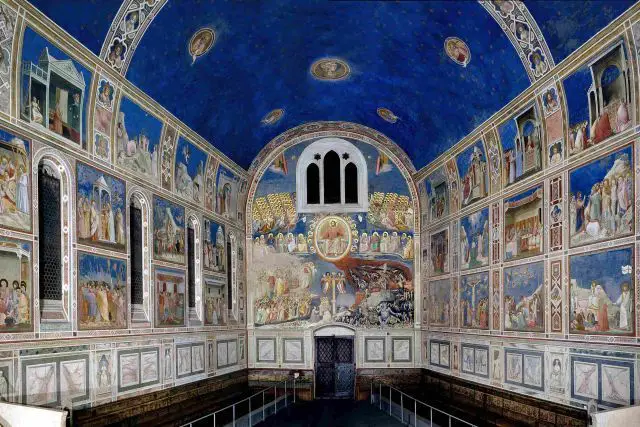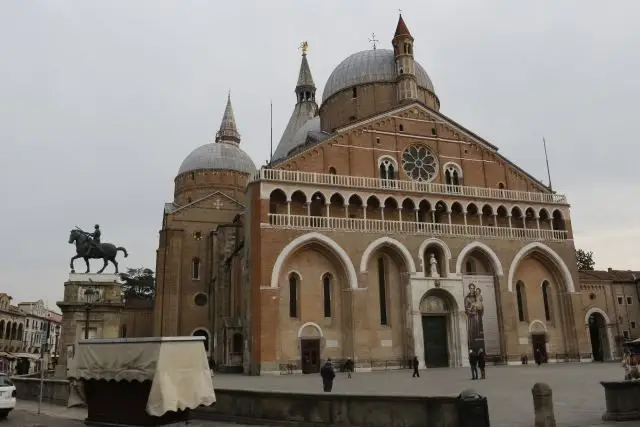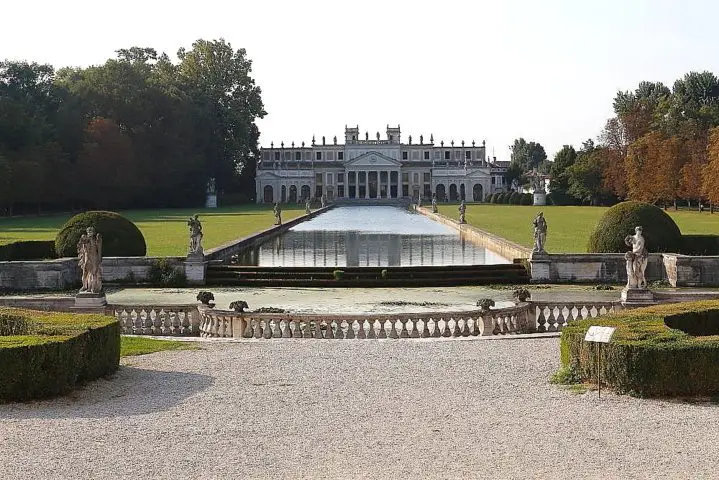
Town of culture and learning
Padua, university center and art city, was an important site of the Roman Empire of which, unfortunately, nothing important it is left today. From the Middle Ages, the town develops with churches and palaces, and it became an important university center under the rule of the Da Carrara signory. The foundation dates back to the 1222, just after the one of Bologna.
The Scrovegni Chapel
As an art site of the Veneto region, we can admire a masterpiece of the Italian medieval period: the Scrovegni Chapel. Here Giotto made the frescoes of the whole interior with both Old and New Testament Bible stories. Furthermore, nearby we find the church of the hermits where inside there are remains of frescoes made by Mantegna. Sadly, a World War II raid of bombs destroys the rest.
Saint Anthony
Padua is the city of St Anthony, and the relics of the Saint are preserved in the basilica dedicated to him. Therefore pilgrims from all over the world visit the church all year round. Nearby, for botany lovers (and not only), we find the first university botanic garden in Europe that dates back to 1545 reported in the UNESCO World Heritage List and member of Botanic Gardens Conservation International. Closeby, here is the largest square in Italy, Prato Della Valle, surrounded by 78 statues that represent the most illustrious sons of the city by birth or adoption.
Padua university town
The historic center is of a remarkable value. Worth a visit the anatomy theater located in the Bo university. as well as picturesque Herbs, Fruits and Gentlemen squares. In the same area worth a stop the Caffé Pedrocchi, a historical building of the Italian Risorgimento.
We suggest a professional guide to visit the town. As follow, some proposals for the day excursion in Padua:



